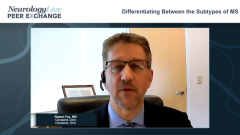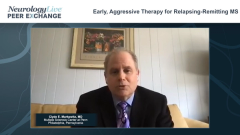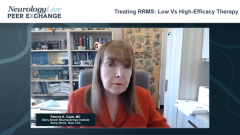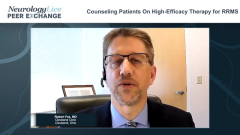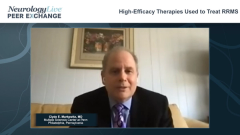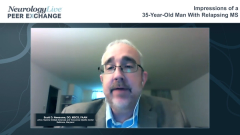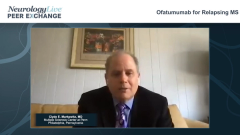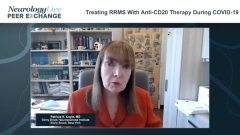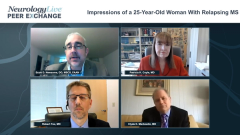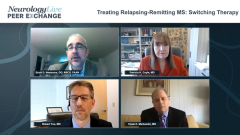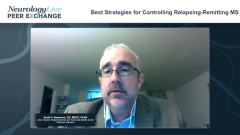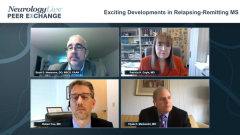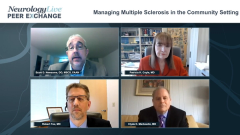
High-Efficacy Therapy for a 35-Year-Old Man With Relapsing MS
Implications for initiating treatment with a high-efficacy therapy for a 35-year-old man who presents with progressive numbness and weakness in his left arm and leg.
Episodes in this series

Scott D. Newsome, DO, MSCS, FAAN: Pat, when you’re in the clinic with an individual like this, is there data that you will review with the patient? It may not be clinical trial data, which is primarily 2 years in length, but extension data or some of the new observational studies being published over the last 2 or 3 years, which I find somewhat compelling.
Patricia K. Coyle, MD: Yeah.
Scott D. Newsome, DO, MSCS, FAAN: What is that conversation like?
Patricia K. Coyle, MD: There are some interesting studies that you can talk about. There was a Danish MS [multiple sclerosis] registry study published recently in Neurology that had about 194 patients in 2 arms that were propensity matched. These are not randomized, but propensity matching tries to make them similar. One group had escalating therapy, and the other had high-efficacy therapy. The investigators looked at these groups 4 years later, and you were significantly less likely to reach 6 months of confirmed disability worsening or to have a relapse if you were in the high-efficacy therapy cohort.
There’s another recent study published in Lancet Neurology that used the MS-based global registry and the Swedish MS registry. The investigators looked at the timing of using high-efficacy therapy. They looked at a matched cohort in which the high-efficacy DMT [disease-modifying therapy] was used in the first 2 years; in the other cohort, it was delayed to years 4 through 6. They then looked at disability from years 6 to 10. It was much better to get the high-efficacy treatment early. There’s another study from Wales, published in JAMA Neurology, in which the investigators looked at groups of patients that had escalating or high-efficacy therapy and what happened to the EDSS [Expanded Disability Status Scale] as a marker for the exam over the next 5 years. There was significantly less increase in the EDSS in the high-efficacy treatment group. You’re beginning to get accumulating literature. You want those randomized prospective arms, but not surprisingly, there is literature documenting the benefit of high-efficacy therapy, particularly when it is used early.
Scott D. Newsome, DO, MSCS, FAAN: It’s nice to have some data that we can finally use to point our patients to or to discuss in the clinics. Many of my patients over the years have been sophisticated and well learned, and they would say, “Show me the data. Then I will believe you, and I will go on X medication.” I’m glad that we at least have some data.
Thank you for watching this Neurology Live® Peer Exchange. If you enjoyed the content, and I hope you did, please subscribe to our e-newsletters to receive upcoming Peer Exchanges and other great content right in your in-box.
Transcript Edited for Clarity
Newsletter
Keep your finger on the pulse of neurology—subscribe to NeurologyLive for expert interviews, new data, and breakthrough treatment updates.


